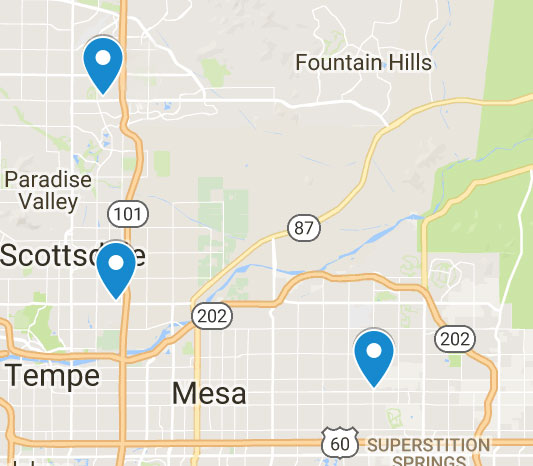
It’s a noisy planet, there’s no doubt about that. And, unfortunately, that means that the cases of noise-induced hearing loss are on the rise.
To make matters worse, what used to primarily be a problem for adults exposed to loud noises, is now affecting the younger generation. In fact, the World Health Organization now reports that children “may receive more noise at school than workers from an eight-hour work day at a factory.” That’s astounding!
Common Sources of Noise Exposure For Children
Since children typically aren’t hanging out in a loud factory all day, where is the noise actually coming from? Here are the most common culprits:
- Noisy toys
- Mowing the lawn
- Playing musical instruments
- Attending concerts or sporting events
- Hanging out at loud social events
- Recreational activities such as hunting or shooting sports
- Listening to music through personal headphones or earbuds
Unfortunately, noise-induced hearing loss in kids may be the result of chronic exposure to loud noises over an extended period of time. Since the effects aren’t immediately seen, they often have no idea that their actions are affecting their future hearing health.
How to Prevent Noise-Induced Hearing Loss in Kids
Rather than sit back and allow our children to experience hearing loss at a young age, let’s work together to be part of the solution. The easiest way is to teach them to remember three simple words: Lower … Move … Wear.
- Lower the volume. Most kids have personal listening devices these days. Whether they’re listening to movies, videos, games, or music, teach them to turn the volume down.
- Move away from the noise source. The farther away they are, the less the effect even loud noises will have on their hearing. If they can’t move a significant distance away from the noise, it’s especially important for them to know about #3 …
- Wear appropriate hearing protection. Whether they’re mowing the lawn, attending a concert, or working on an at-home building project, hearing protection should be worn whenever the sound levels reach more than 85 decibels. What’s that sound like? For perspective, let them know that the average conversation is around 60 decibels!
Hearing Education Starts at Home
Preventing noise-induced hearing loss in kids starts with teaching children about it at a very young age. Parents can buy hearing-friendly toys, set volume controls on listening devices, invest in proper hearing protection, and lead by example. When you instill healthy hearing habits in your children early, they will enjoy better hearing later on in life, too.
If you’re ever concerned about noise-induced hearing loss in your child, or any other hearing change for that matter, schedule an appointment with one of our audiologists as soon as possible. Your child’s hearing is too precious to take for granted!

